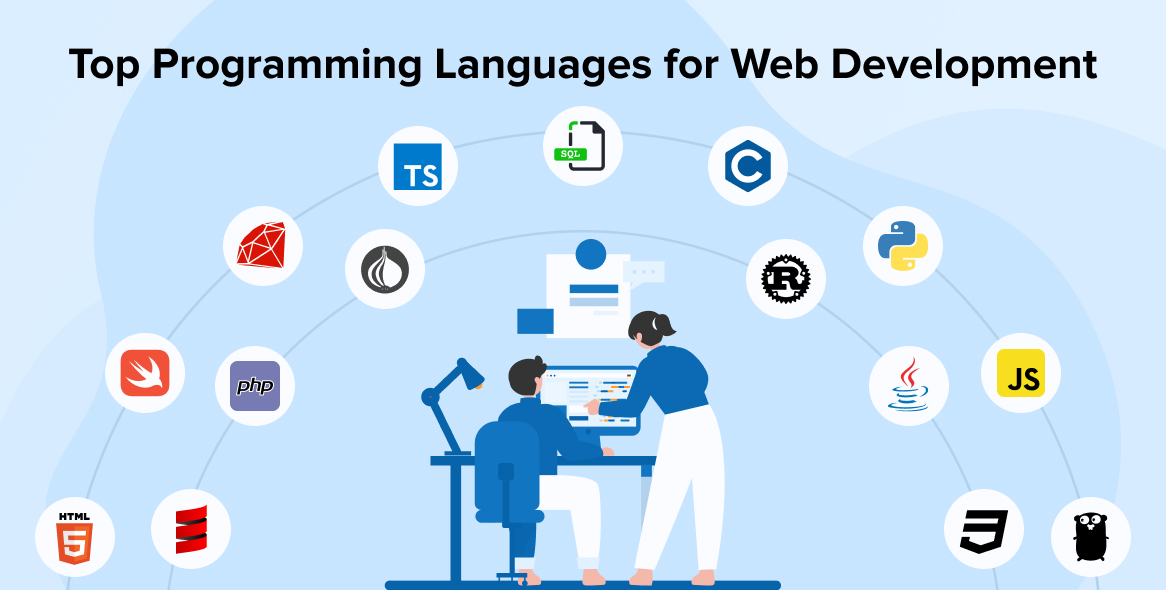

In a contrast to our last run that was fairly static within the Top 20 – not unusual for accretive metrics – this quarter’s run featured quite a bit of change and movement. As will be observed, this run produced several ties which are reflected below (they are listed out here alphabetically rather than consolidated as ties because the latter approach led to misunderstandings).
Rust programming language popularity full#
With that, here is the first quarter plot for 2021.īesides the above plot, which can be difficult to parse even at full size, we offer the following numerical rankings. It is not possible to scale a process that measures one hundred different community sites, both because many do not have public metrics available and because measuring different community sites against one another is not statistically valid.


We use the aggregated history to determine ranking (though based on the table structure changes this can no longer be accomplished via a single query.)įor Stack Overflow, we simply collect the required metrics using their useful data explorer tool.While this continues to have the caveats outlined below, it does have the benefit of cohesion with our previous methodology. Language is based on the base repository language.Our query is designed to be as comparable as possible to the previous process. We query languages by pull request in a manner similar to the one GitHub used to assemble the State of the Octoverse. The data source used for the GitHub portion of the analysis is the GitHub Archive. The idea is not to offer a statistically valid representation of current usage, but rather to correlate language discussion and usage in an effort to extract insights into potential future adoption trends.
Rust programming language popularity code#
While the specific means of collection has changed, the basic process remains the same: we extract language rankings from GitHub and Stack Overflow, and combine them for a ranking that attempts to reflect both code (GitHub) and discussion (Stack Overflow) traction. Late or early, however, the rankings are now complete and available for your perusal.Īs always, these are a continuation of the work originally performed by Drew Conway and John Myles White late in 2010. On the other, given that it is technically still March 2020, one could argue that these rankings are in fact early. On the one hand, this quarter’s rankings might seem late given that it’s March, not January. NET, Java, or Javascript developer, get started now with MongoDB University. From the edge to the cloud, MongoDB enables you to work with data as code – in any language – so you can build and ship applications faster. This iteration of the RedMonk Programming Language Rankings is brought to you by MongoDB.


 0 kommentar(er)
0 kommentar(er)
